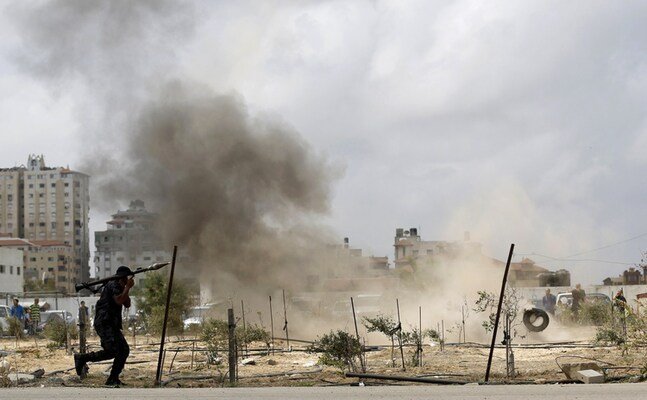The recent escalation of hostilities between Hamas and Israel has brought renewed attention to the deep-rooted historical factors underlying the ongoing conflict. The origins and historical backdrop of this tumultuous relationship were succinctly elucidated. The narrative provided a comprehensive overview of the key events that have shaped the current state of affairs in the region.
With an Arab majority and a Jewish minority, the area witnessed escalating tensions, culminating in an Arab Rebellion and continued Jewish migration. The aftermath of World War II, marked by the Holocaust and increased Jewish migration, set the stage for the United Nations’ decision to partition the British mandate for Palestine into a Jewish State and an Arab State in 1947.
However, the Arab side’s rejection of this partition plan instigated a one-year war, ultimately leading to the formation of the State of Israel. Subsequent territorial disputes and conflicts resulted in Israel’s occupation of significant Palestinian territories, including the West Bank, the Gaza Strip, and the Golan Heights, which remains a point of contention and conflict to this day.
One of the most crucial issues at the heart of the conflict is the status of Jerusalem, a city revered by adherents of Judaism, Christianity, and Islam. The script emphasizes how clashes in the region often coincide with major religious holidays, intensifying the already fragile state of affairs.
The contentious issue of the blockade imposed on the Gaza Strip, exacerbating the already dire living conditions for the 2.3 million inhabitants. With limited access to essential resources and an unemployment rate of 50%, the residents of Gaza continue to endure immense hardship under these circumstances.
The formation of Hamas in the late 1980s, a group dedicated to the destruction of Israel and deemed a terrorist organization by many countries. While Hamas initially won democratic elections in 2006, its refusal to renounce violence against Israel led to its isolation by the international community.
Despite occasional efforts to find a resolution, the conflict remains deeply entrenched, fueled by decades of historical grievances, political complexities, and religious sensitivities. The situation calls for a comprehensive and sustainable approach, encompassing diplomatic efforts, mutual understanding, and a genuine commitment to lasting peace and stability in the region.
In conclusion, the multifaceted layers of the Hamas-Israel conflict, urging a nuanced and comprehensive understanding of the historical context to pave the way for potential solutions and lasting peace in the region.



